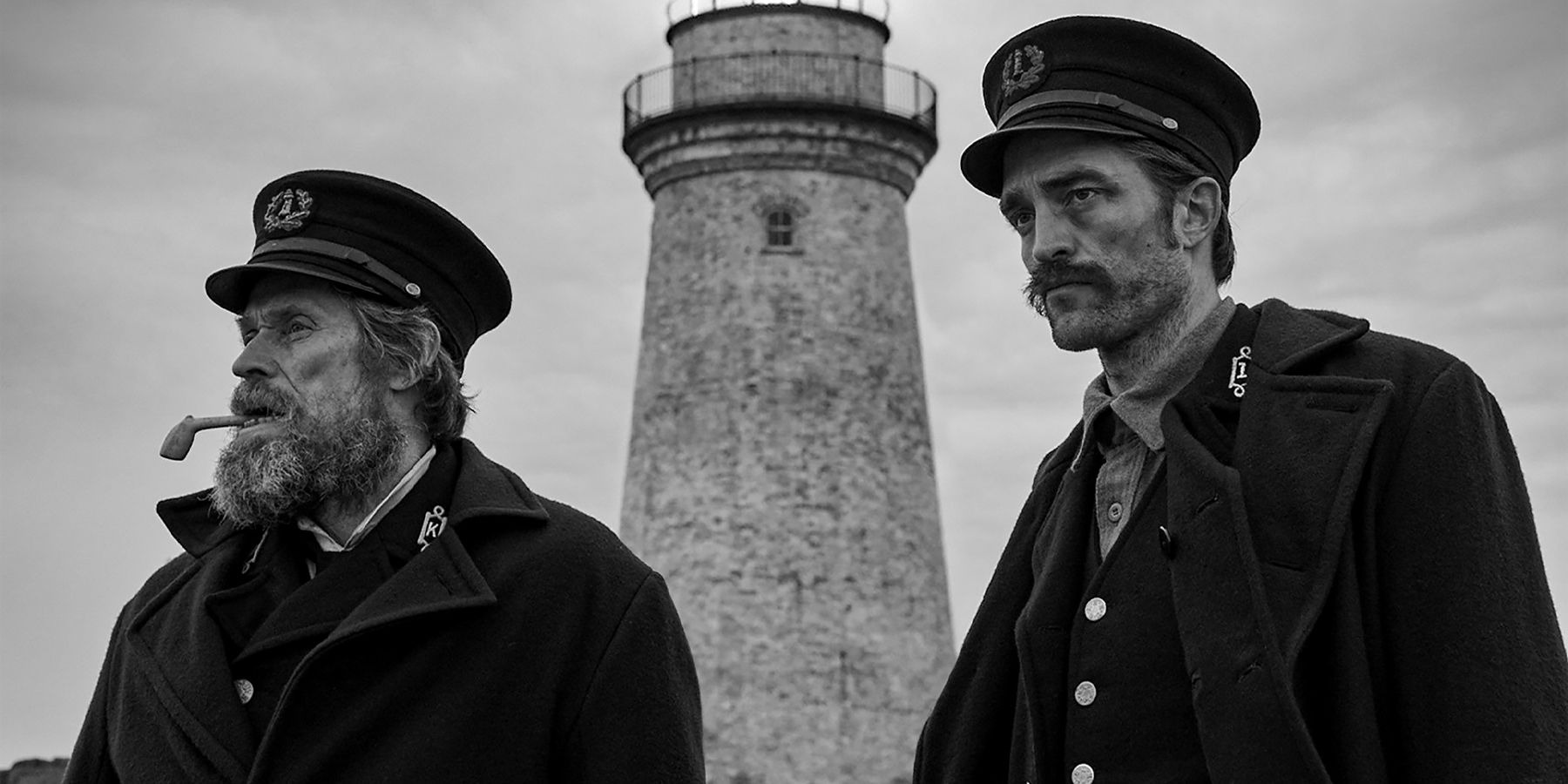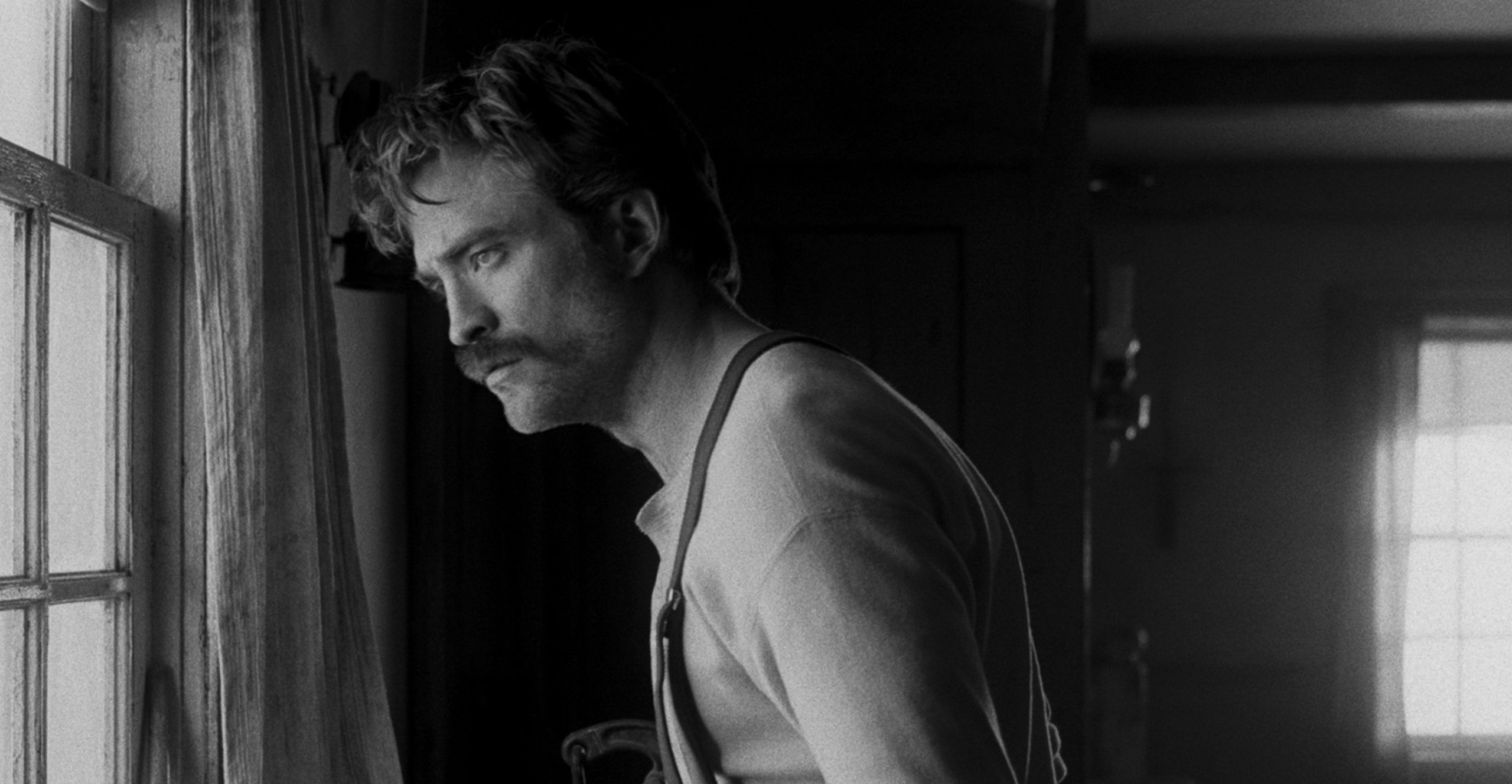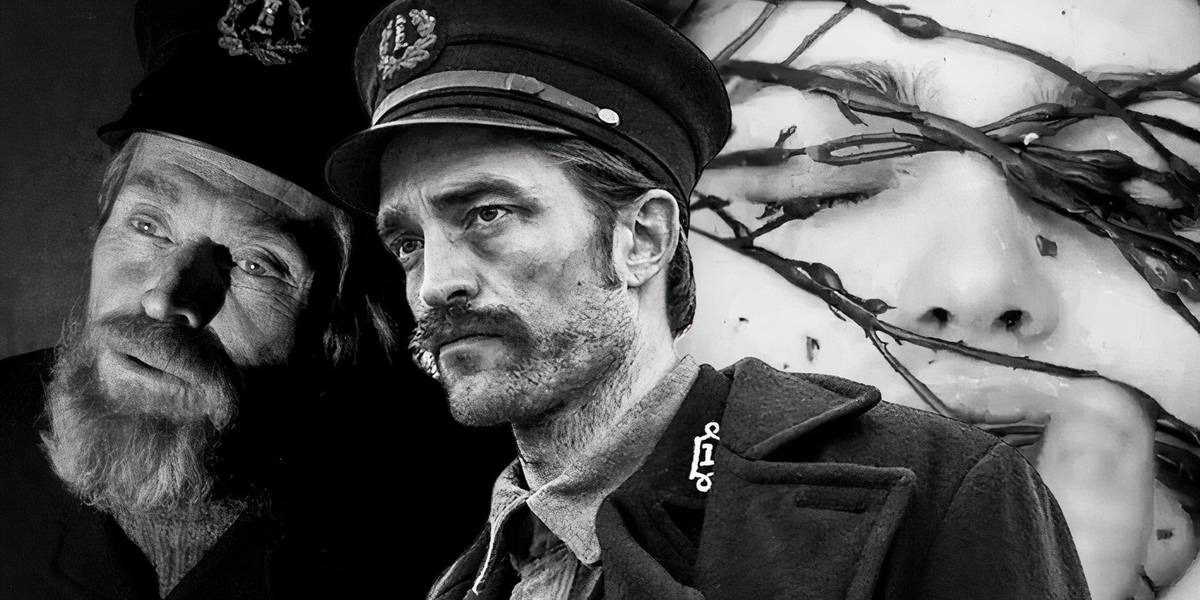In The Lighthouse, Thomas Wake and Ephraim Winslow are the central characters. Wake, a seasoned lighthouse keeper, has spent years on the isolated island, whereas Winslow is a recruit brought in to assist him.
The contrast between the two men is stark—Wake is loud, crude, and commanding, while Winslow is more reserved and introspective. Over time, their relationship deteriorates as Wake asserts his dominance over Winslow, leading to a tense dynamic between them.

This friction heightens as the story progresses, highlighting the psychological toll of their prolonged isolation.
Mythological References in The Lighthouse
The film draws heavily on mythology, with some of its most important references linked to the Greek myth of Prometheus. Prometheus, a Titan, defied Zeus by stealing fire from the gods to give to humanity, resulting in his eternal punishment.
The symbolism of fire and light in The Lighthouse mirrors Prometheus’s theft, with the light in the lighthouse becoming a source of power and knowledge that the characters obsess over. Their insatiable desire for control over the light leads to their undoing, echoing Prometheus’s tragic fate.
The final scene, where Winslow is viciously attacked by seagulls, recalls the punishment of Prometheus, who had his liver devoured repeatedly by an eagle. Christian mythology is also woven into the film, particularly in its portrayal of Wake as a drunken and abusive father figure and Winslow as a passive son.
This dynamic mirrors the biblical story of Noah, who becomes drunk and exposes himself to his sons, resulting in a curse upon his son Ham. The relationship between Wake and Winslow hints at divine retribution, with Winslow suffering for his perceived sins.
The surreal ending of the film, featuring a mermaid and a monstrous creature with tentacles, intensifies this connection to biblical and mythological punishment.
Possible Interpretations of the Ending
The ambiguous ending of The Lighthouse leaves room for various interpretations. One possible reading is that the film critiques the corrupting influence of power and the dangers of obsession. The characters’ single-minded pursuit of the lighthouse light, a symbol of power and knowledge, leads to their ultimate downfall.
This suggests that the relentless chase for power is both futile and destructive. Another interpretation focuses on the toxic nature of traditional gender roles and masculinity.

The domineering and abusive figure of Wake contrasted with Winslow’s submissiveness, could be a commentary on the harmful effects of patriarchal structures.
The Christian mythological references further reinforce this theme, using the story of Noah and his sons as a cautionary tale about the dangers of paternal authority and its consequences.
The Unsettling Conclusion
The Lighthouse is a thought-provoking and complex film, rich in symbolism and mythology, which delves into themes of power, obsession, and madness.
Its eerie and puzzling ending leaves viewers questioning its true meaning, but one thing is clear—the film concludes on a powerful and unsettling note, adding depth to the haunting tale. The film is one that demands multiple interpretations.
Its layers of symbolism and mythological references invite viewers to revisit it time and again, as its surreal and disturbing imagery stays with them long after the credits roll. It stands as a testament to cinema’s ability to challenge and provoke, cementing its place as a modern horror classic that will be remembered for years to come.



